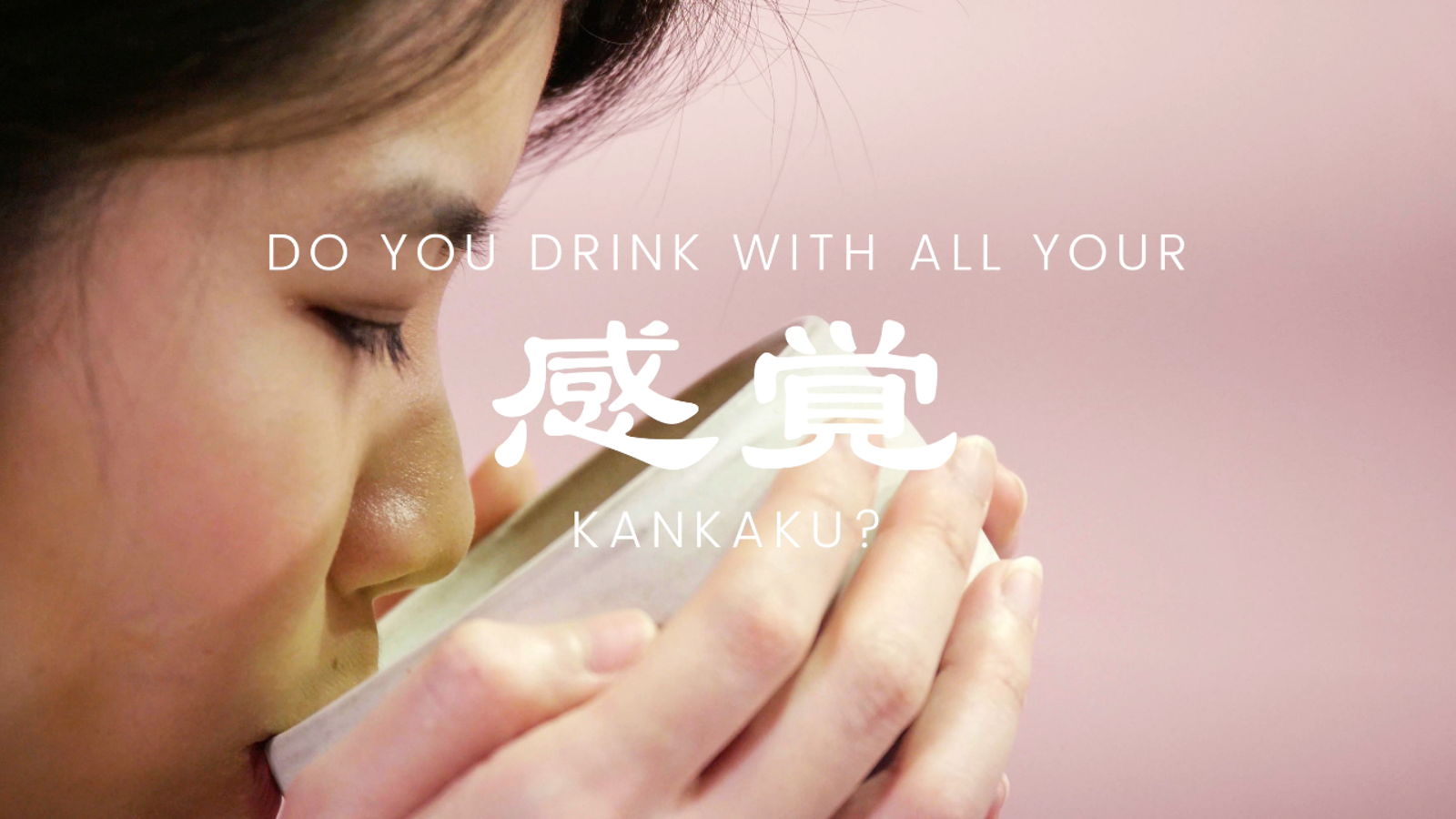Besides the vibrant colour, Matcha generally contains lots of benefits such as being rich in antioxidants which are helpful to fight against cancer and ageing. Of late, it has became quite a craze in Western as well as Asian desserts.
In European countries such as Germany, Matcha is also increasingly found at local grocers. One can easily find Matcha-flavoured food such as ice cream, cookies and even cakes. Talking of which, you have to check out this super easy Matcha Tiramisu recipe here.
Despite new innovations with Matcha, I enjoy drinking it as it is. Good quality Matcha should not be disturbingly bitter but has a pleasant and smooth taste instead. During my trip to Japan in late 2015, while on a hunt for quality Japanese tea and Matcha, I realized that it tastes differently depending on its quality.
Grades of Matcha
If the Matcha tea you had tastes bad, you may have gotten Matcha of low quality. There are three grades of Matcha namely ceremonial, premium and cooking.
Ceremonial Matcha is of the highest grade and is used in tea ceremonies as well as in temples. It is said that it has a hint of "Umami" flavour which the other two grades do not have. Premium Matcha is the grade in-between and is usually from the second harvest. Hence, the taste is much stronger than Ceremonial Matcha. Cooking Matcha should not be regarded as low-grade but is said to be more bitter than the others. It is best used for baking or preparing other confectioneries.
Just like wine, every grade of Matcha has a story to tell depending on its flavour, colour or origin. In Japan, it is mainly grown in four regions namely Shizuoka, Nishio, Fukuoka and Uji. Most of the green tea and Matcha is produced in Shizuoka and Nishio. You may have guessed by now that Matcha from these two prefectures is not of high quality as it is meant for the mass market. On the other hand, Fukuoka is known to produce Matcha of great quality.
For Matcha of the best quality, source for those produced in Uji, a town close to Kyoto which is home to many temples. It is used in tea ceremonies as it is of the highest quality.
A trip to Japan is not complete without a tea ceremony. My curiosity drove me into learning more about tea ceremonies and each of their components. During the tea ceremony which took part at my guest house in Tokyo, I learned that Matcha is not only healthy but also a beautiful drink. Preparing it is done with full concentration. The tea ceremony master changed the way I now drink Matcha.
Upon returning to Germany, I came to realize that high-quality Matcha is not commonly found. Most of those sold at Asian grocers do not have its origin stated on the label. My scout on the world wide web on where to buy Matcha led me to Moya Matcha. I started reading up more about the brand. Hitomi Saito, the founder of Moya Matcha had attended traditional Japanese tea ceremony training, was a lecturer at a cooking studio and is also a chef! Well, I knew then I could trust the brand and its quality which Hitomi wishes to upkeep. This was the reason I wrote to Moya for a collaboration and the rest is history. Read to the end if you want to enjoy a discount on your next order with Moya. In the videos below, we used the best quality Matcha from Moya.
If you have wondered how to prepare Matcha at its best, there are three main things to take into consideration which I think made a difference in my Matcha experience. After learning about them, I can never prepare Matcha like before because the taste was totally different.
Not Cups but Chawan
I have always enjoyed Matcha in a cup. It felt right to hold the cup by its handle. When the tea ceremony master placed beautiful bowls in front of us, they immediately caught my attention. That was a lot more elegant than using a cup. Each of us was presented with a bowl which was special in its own way, be it the pattern or shape. The tea ceremony master went on to explain how Matcha should be whisked and prepared in a tea bowl (traditionally known as Chawan). “Cha” brings the meaning of tea while “wan” means bowl. That was very interesting to know because “cawan” means cup in Malay, my national language.
Unlike teacups, Chawan has more surface for us to pick up the bowl with the right hand and place it on the left palm. I did exactly as told. Wow, the feeling of holding warm Chawan in the palms was soothing indeed!
Chawan has a large opening for us to inhale the aroma while carefully sipping the Matcha. I was asked not to take too long to finish the drink and that it should be finished within 3 to 4 gulps. At that point, it was the best Matcha I had tasted.
I bet the beauty of the Chasen contributed to its aroma too.
Whisk Matcha Using the Chasen
Being in the tea ceremony made me realized that the experience of drinking Matcha begins the moment it is being prepared. One of the indispensable steps to preparing Matcha is the whisking process. The secret to a delicious frothy bowl of Matcha lays in the traditional whisk (Chasen). It is made out of one piece of natural bamboo. The tea ceremony master explained that a typical Chasen has 80 fine tines in its inner and outer layers.
While bamboo is used for its durability and flexibility, it is also highly fragile. Therefore, it is important to take good care of the Chasen. I want to share a few insider tips I learned to ensure that it can last for years. Soften the Chasen’s tines with water for a few minutes to make them less brittle. Most importantly, store it using a whisk keeper (Kusenaoshi) when not in use because after multiple usage, the tines lose their shapes. Kusenaoshi helps to maintain the original shape.
You will also get to listen to the sound of fast and stern whisking of Matcha using a Chasen. Matcha can be prepared using a milk frother or a small kitchen whisk but it can never create the desired layer of frothiness and the consistent sound of whisking.
This leads me to my next and last point.
Prepare and Drink Matcha With All Your Senses
Before the tea ceremony, Matcha was just a drink to me. The tea ceremony master specifically told us to use all of our senses to capture the full experience. She pointed out how we should pay full attention to every step of a Matcha’s preparation. Personally, I found this very memorable because it changed my experience of drinking Matcha. It may be the centre of focus here but the tools and your senses play significant roles too.
It begins with the sound of piping hot water being poured into the Chawan with Matcha powder followed by the sound of the rapid whisking. “Sha-ka, sha-ka, sha-ka”, she said and smiled as she placed her fingers to her ear asking us to listen closely to the fast and steady whisks. We were then told to look at the bubbles which started to form at the top of the tea. What was originally bright green was now becoming a layer of smooth bright green froth.
She then politely presented each of us a Chawan. As we held it, the tea ceremony master once again reminded us to feel the warmness of the Matcha and the pattern on the Chawan. She then pointed to her nose indicating that we smell the aroma of the freshly prepared Matcha. I was not at all rushing to taste it because I was so engrossed in the details of each step. The final step was to enjoy each sip of the Matcha. We were told that good quality Matcha should not taste unpleasantly bitter but instead has a light hint of sweetness.
Tasting the bursting flavours of Matcha was the last step which concluded the whole experience. We ended the tea ceremony experience with a small Japanese sweet to balance the tender bitterness of Matcha.
Conclusion
With the knowledge I gained from the tea ceremony master, I can never drink Matcha again without caring about the details. It would no longer be just a grab-to-go drink anymore. I take time to drink the tea with all my senses. It is a way for me to look inwards and to calm myself. “Sha-ka, sha-ka, sha-ka” as the sound of the whisking goes. I will always remember it.
I do hope these tips will help you to appreciate Matcha in a new perspective. Begin with the right utensils to prepare Matcha and take care of each step. Trust me, this will make you feel more calm and collected.
Interested to get a Matcha Premium Ceremonial Set to start your Matcha experience? Check out premium quality Matcha powder from Moya Matcha.

